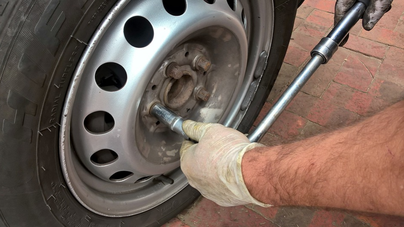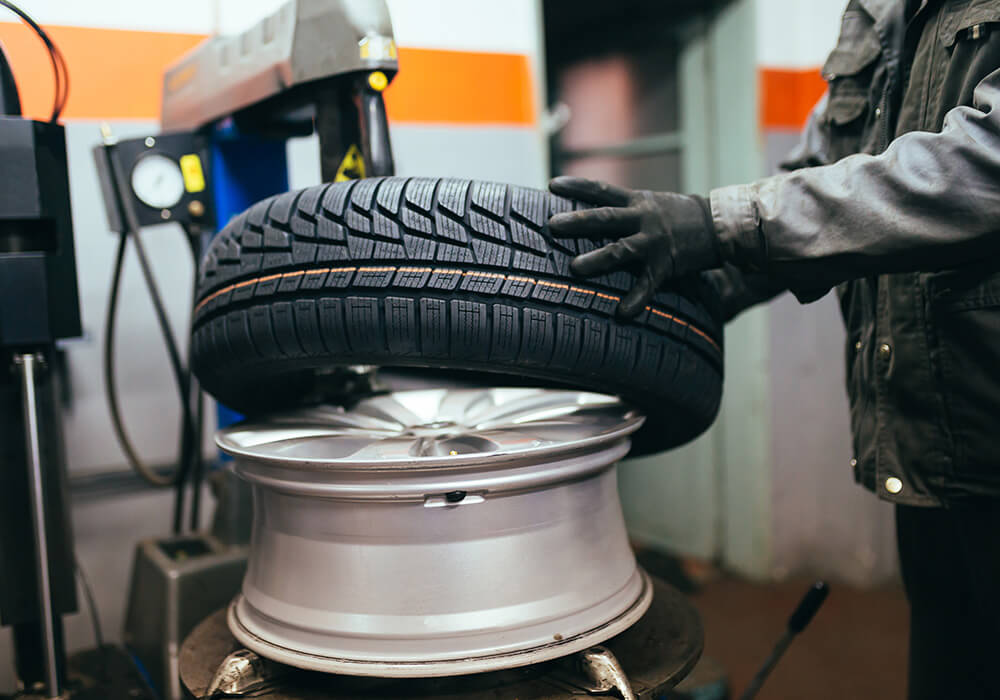Morris Tires: Where GMC Tire Service Satisfies Quality
Morris Tires: Where GMC Tire Service Satisfies Quality
Blog Article
Tire Service: The Impact of Climate Problems
When it pertains to making sure ideal efficiency and safety and security when driving, recognizing the impact of climate condition on tire solution is essential. From scorching heat to icy roadways, each weather condition aspect can dramatically affect tire performance and general driving experience. By diving right into the impacts of differing weather condition problems on tires, motorists can obtain beneficial understandings that may boost their automobile's performance and durability. In this discussion, we will check out the detailed relationship between climate problems and tire solution, dropping light on the relevance of weather-specific tire maintenance techniques and considerations.
Warm and Tire Efficiency
When subjected to high temperatures, tires experience modifications in performance that can considerably influence car security and handling. The warm produced from extended driving or heat problems creates the tire rubber to soften, resulting in decreased step life and enhanced wear. As the rubber ends up being softer, the tire's hold on the roadway reduces, impacting stopping distances and total traction. In extreme instances, excessive warm can also trigger tire blowouts, presenting a severe safety and security risk to the automobile and its owners.

Winter Impacts
Winter problems can have a significant influence on tire performance and safety. As temperature levels decrease, tire rubber can harden, causing decreased grip on icy or snow-covered roads. In winter, tires might also lose atmospheric pressure extra rapidly, which can influence taking care of and gas effectiveness. Additionally, cold temperatures can trigger tire sidewalls to tense, enhancing the danger of damage from pockets or other roadway hazards.
To minimize the impacts of chilly weather condition on tires, it is critical to consistently inspect tire stress and inflate them to the supplier's suggested degrees. Making use of winter months or all-season tires designed for cool weather condition problems can likewise enhance traction and grasp on icy or snowy roads. Correct tire upkeep, consisting of regular assessments for wear and damages, becomes a lot more crucial throughout chillier months to ensure optimum performance and safety.
Rainy Conditions Effect
During rainy conditions, tire efficiency and security can be dramatically affected by the wet road surfaces and lowered presence. The walk pattern of tires plays a vital role in preserving traction on wet roads. Tires with worn-out footsteps are much more prone to hydroplaning, where a layer of water accumulates between the tire and the road surface, bring about loss of grip. To battle this, drivers should routinely evaluate their tires for ample tread depth and think about purchasing tires especially designed for wet conditions.
In addition, rainy weather can likewise lower exposure, making it testing for drivers to see the roadway in advance clearly (GMC Tire Service). In such problems, it is vital to adjust driving speeds accordingly and maintain a secure complying with distance to permit for abrupt quits. Properly inflated tires can also aid in keeping control on wet roads by offering better handling and hold
Snow and Tire Security
When driving in snowy conditions, having the appropriate tires can make a significant distinction in safety and security and performance. Winter season tires are created with special rubber compounds and step patterns to provide far better traction on snow and ice compared to all-season tires.

It is vital to adhere to supplier instructions when making use of and mounting tire chains to this page protect against damage to the tires and vehicle. By selecting the appropriate tires, preserving proper rising cost of living, and considering additional traction aids like tire chains, vehicle drivers can improve their safety when navigating snow-covered roadways.
Weather-Related Tire Upkeep
Weather-related tire upkeep incorporates a range of methods aimed at making sure optimal tire feature and long life in different weather condition situations. One crucial element of weather-related tire upkeep is tire stress policy. Inspecting tire walk regularly and replacing tires when walk wear gets to a specific depth is essential for maintaining grip and stability in adverse weather condition.
Conclusion
In final thought, climate conditions have a significant influence on tire performance and safety. From warmth impacting tire pressure and use to chilly climate lowering traction, it is important to take into consideration the weather when maintaining and utilizing tires.
In this discussion, we will check out the elaborate connection in between weather condition conditions and tire solution, shedding light on the importance of weather-specific tire maintenance practices and factors to consider.

Report this page